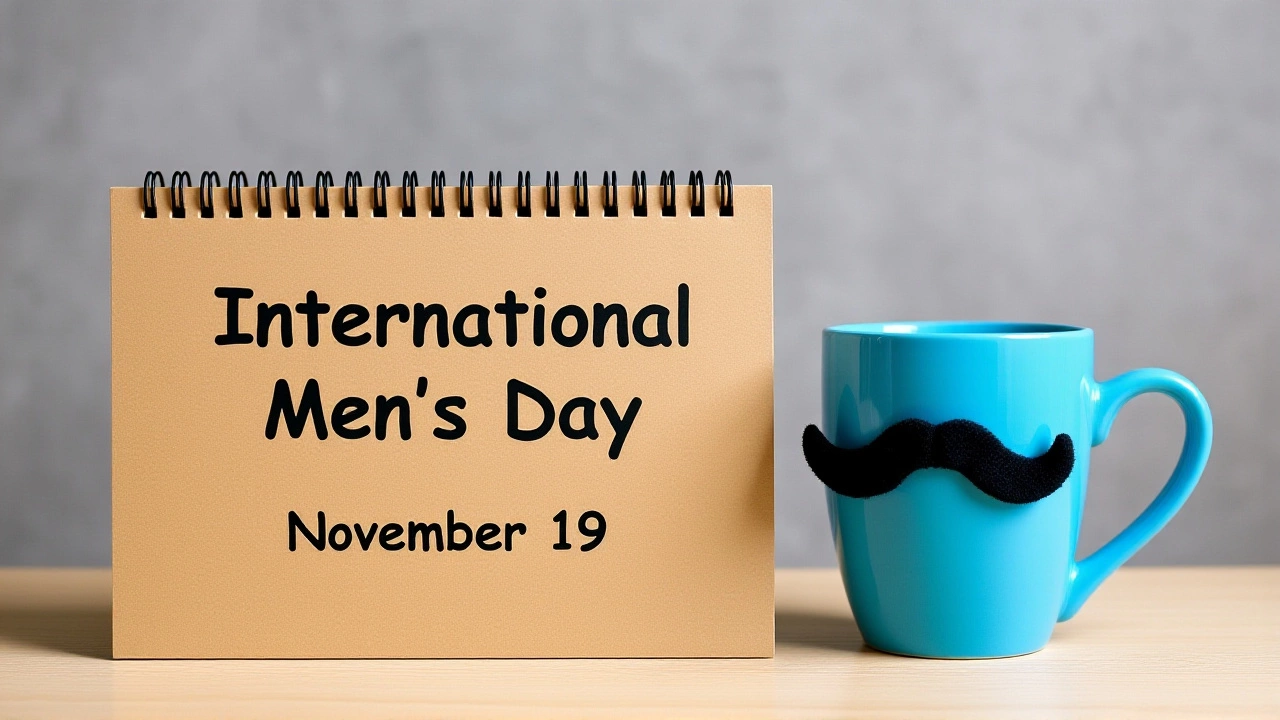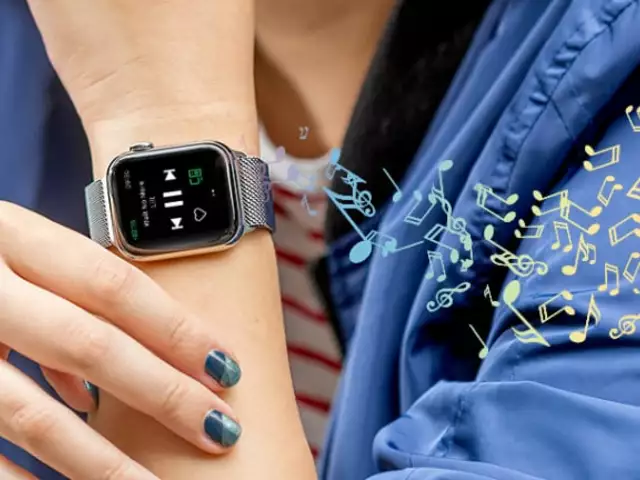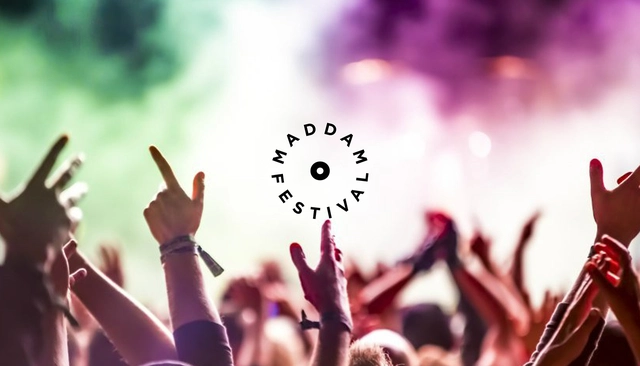On Wednesday, November 19, 2025, communities around the world will observe International Men's Day under the theme 'Celebrating Men and Boys' — a call to recognize the quiet heroes among us: fathers who wake before dawn, teachers who stay late, mechanics who fix more than engines, and men who speak up about pain instead of burying it. The observance, coordinated by International Mens Day (internationalmensday.com), isn’t about replacing one narrative with another. It’s about expanding the story — and making space for men to be seen, heard, and supported without stigma.
More Than a Day, A Movement Built on Six Pillars
The foundation of International Men's Day rests on six enduring principles, as outlined by its global organizers and echoed by sources like Jagran Josh and NDTV. First: celebrating positive male role models — not just athletes or actors, but the postal worker who checks in on elderly neighbors, the single dad learning to cook for his kids, the teacher who stays after school to help a struggling student. Second: honoring men’s contributions to family, community, and the environment — work often invisible because it’s unpaid or uncelebrated. Third: focusing on men’s health — physical, emotional, and spiritual — a critical priority given that men in the U.S. and U.K. die, on average, nearly five years earlier than women, according to WHO data.The fourth pillar confronts systemic bias: men face discrimination in family courts, custody battles, and access to mental health services. The fifth pushes for gender equality not as a zero-sum game, but as a shared goal. And the sixth? Creating a safer world — for everyone. That’s not rhetoric. That’s the quiet ambition behind every local event, every school workshop, every social media post using #InternationalMensDay.
Regional Nuances: Australia and the UK Lean Into 'Supporting'
While the global theme is ‘Celebrating Men and Boys,’ countries like Australia and the United Kingdom have adopted a slightly different tone: ‘Supporting Men and Boys.’ It’s a subtle but meaningful shift. In places where suicide rates among men remain stubbornly high — nearly 75% of all suicides in the U.K. are male, according to Office for National Statistics — the word ‘supporting’ carries weight. Some local initiatives in both nations are even tying the day to the campaign ‘Zero Male Suicide’, a grassroots movement pushing for better crisis intervention in workplaces, schools, and GP offices.It’s no accident that these regions lead in men’s mental health outreach. After years of public campaigns — like England’s ‘Man Therapy’ initiative and Australia’s ‘Beyond Blue’ — there’s a cultural willingness to talk. In contrast, in many parts of the world, the conversation still starts with silence. That’s why International Mens Day doesn’t dictate local programs. It empowers them.
Why This Matters Beyond November 19
The real impact of International Men's Day isn’t measured in tweets or posters. It’s measured in the man who finally texts his brother after 10 years of silence. In the teacher who notices a boy withdrawing and says, “I’m here.” In the employer who offers mental health days without judgment.And it’s not just about men. When men are allowed to be vulnerable, families heal. Children learn emotional literacy. Partners feel less burdened. Studies from the University of Cambridge show that when men feel safe expressing emotion, rates of domestic conflict drop — and children’s academic performance improves. This day isn’t a celebration in isolation. It’s a ripple.
Even the media is adapting. The Times of India has already compiled over 115 greeting messages for 2025 — a sign that public awareness is growing. Jagran Josh and NDTV are running features on everyday heroes. The message is clear: you don’t need to be famous to matter.
What Comes Next? The Road to 2026 and Beyond
The next International Men's Day will fall on Thursday, November 19, 2026 — same date, same mission. But the conversation is evolving. Experts are pushing for policy integration: mandatory mental health screenings in workplaces, gender-neutral parental leave policies, and school curricula that teach emotional resilience to boys as early as age eight.Some countries are already piloting these ideas. In Sweden, school counselors now receive training to identify signs of male emotional suppression. In Canada, public health campaigns target men over 45 — the demographic with the highest suicide risk. These aren’t fringe efforts. They’re becoming mainstream.
Still, the biggest challenge remains: breaking the myth that celebrating men’s lives means diminishing women’s. That’s a false binary. Gender equality isn’t a competition. It’s a collaboration. And International Men's Day is one of the few global platforms that understands that.
Frequently Asked Questions
Why is International Men's Day on November 19?
November 19 was chosen to honor the birthday of Dr. Jerome Teelucksingh, a historian from Trinidad and Tobago who revived the modern observance in 1999. The date also aligns with the anniversary of a 1995 South African prison reform that improved conditions for male inmates — a symbolic nod to justice and dignity. Since then, it’s remained fixed globally, with no changes planned for future years.
How does this affect men’s mental health initiatives?
The 2025 theme directly channels resources and attention toward mental health programs targeting men, especially in high-risk groups like veterans, construction workers, and men over 50. In the U.K., NHS clinics have reported a 22% increase in male patients seeking counseling during November since 2020. The day helps normalize these conversations, reducing the stigma that often prevents men from seeking help until it’s too late.
Are women involved in International Men's Day?
Absolutely. Women are often the organizers, educators, and advocates behind local events — mothers, teachers, nurses, and policymakers who understand that men’s wellbeing impacts entire families. The day isn’t about exclusion; it’s about inclusion. Many events are family-oriented, encouraging dialogue between genders to build mutual understanding and shared responsibility.
What’s the difference between International Men's Day and International Women's Day?
International Women’s Day addresses systemic inequality and historical marginalization. International Men’s Day addresses the consequences of rigid gender norms — like the expectation to be stoic, dominant, or self-reliant — that harm men’s health and relationships. One doesn’t negate the other. They’re two sides of the same coin: creating a world where all genders can thrive without fear or shame.
Can schools and workplaces participate?
Yes — and they’re encouraged to. Schools can host discussions on emotional literacy, while workplaces can offer free mental health screenings or flexible scheduling for men to attend check-ups. Many organizations, including the NHS and UN agencies, provide free toolkits for institutions to run safe, respectful events. It’s not about grand gestures; it’s about consistent, compassionate action.
Is there a global event or official ceremony?
There’s no single global ceremony. The power of International Men's Day lies in its decentralization. Events range from community barbecues in Barcelona to poetry slams in Johannesburg, from school assemblies in Toronto to online forums hosted by International Mens Day. This grassroots approach ensures relevance across cultures and communities.







